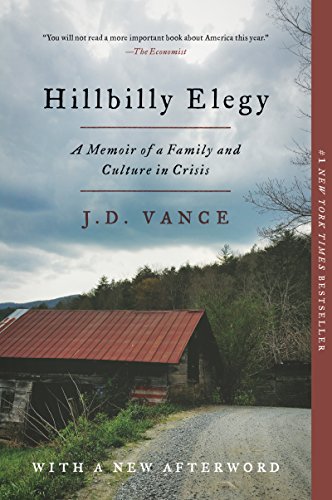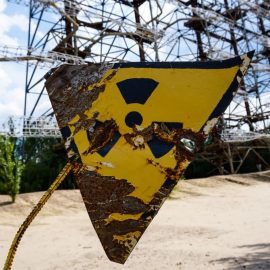

This article is an excerpt from the Shortform summary of "Hillbilly Elegy" by JD Vance. Shortform has the world's best summaries of books you should be reading.
Like this article? Sign up for a free trial here .
How is the system of education in Appalachia? How is education in Appalachia portrayed in JD Vance’s Hillbilly Elegy?
In Vance’s book on life in Appalachian Ohio, education in Appalachia is in a sad state. Learn how he views the education system in his home community and why he thinks that the culture puts such little emphasis on education.
Poor Education in Appalachia
Today, as an Ivy League-educated white-collar professional, JD is able to look back soberly at just how much of an exception he is: how little emphasis his community and his culture placed on education in Appalachia. A college education was a distant and remote pipe-dream, certainly not something parents prepared their children for or treated as an expected life experience. No one JD knew had gone to a four-year college; and 20 percent of the town’s high school freshman cohort wouldn’t go on to graduate in four years. With hindsight, JD attributes this poor record of educational attainment to a culture of low expectations. Children saw poverty, high unemployment, and drug addiction all around them growing up, often in their own immediate families. With such poor models of adult behavior, they never came to expect much from themselves.
Deemphasizing Education in Appalachia
Looking back, JD sees how little his community and culture emphasized education in Appalachia.
Growing up in Middletown, a college education was a distant and remote pipe-dream, certainly not something parents prepared their children for or treated as an expected life experience.
What JD now knows is that all across other regions of the country, parents were setting their children up to attend college and start white-collar careers. Tutors, SAT prep courses, guidance counselors, and all the other tools of the college-acceptance game were simply unknown to the children of his community. They weren’t losing this competition—they just weren’t playing the game at all. No one that JD knew at this time, for example, had gone to a four-year college.
Once again, the statistics paint a damning picture: 20 percent of the town’s high school freshman cohort won’t graduate in four years. Of those that do graduate, most won’t go on to college, and those that manage to make it to college almost certainly won’t go out-of-state. These aren’t unusual statistics in education in Appalachia.
As an adult, JD attributes this poor record of educational attainment to a culture of low expectations. Children see poverty, high unemployment, and drug addiction all around them growing up, often in their own immediate families. They have poor models of adult behavior, so they don’t come to expect much from themselves. He certainly saw this in his own life: even when he got poor grades, there was never any sense that there would be negative consequences for failing to achieve academically. This was a common feeling about education in Appalachia.
The final three years JD lived with Mamaw were transformative. He lost interest in drug experimentation, became a good student, aced his SATs, and discovered a love of learning and exploration.
He was happy, living in a stable environment, and felt for the first time that he had options in life. The next test was what to do with these options.
Turning Down College…For Now
For most kids, including most of his friends, the next logical step would have been to go to college, but JD was unsure if this was the right move for him. For starters, so few people in his family had gone to college. It was an experience and a world that he felt little prepared for. His education in Appalachia hadn’t readied him for college.
With his grades and test scores, he certainly had the option. But when the financial aid forms for Ohio State arrived in the mail, he was discouraged. He didn’t think that the cost (and the debt he’d incur) was worth it.
He also feared the intellectually rigorous and unstructured environment of college. He didn’t want to be completely on his own. He wanted to be somewhere that would help him capitalize on his potential, but still give him the guardrails and structure that would keep him on the right path.
———End of Preview———

Like what you just read? Read the rest of the world's best summary of "Hillbilly Elegy" at Shortform . Learn the book's critical concepts in 20 minutes or less .
Here's what you'll find in our full Hillbilly Elegy summary :
- The hallmarks of hillbilly culture and why they hold people back
- How JD Vance broke out of his hillbilly childhood and graduated from Yale
- Why the author thinks hillbillies might be beyond saving






